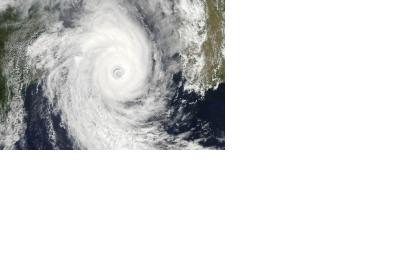“Post-2015, we need more research and more focus on how risk is generated, and how risk can be prevented and reduced by decisions and measures requiring social as well as political action. Importantly, we need a broader base – including social sciences, economics, and humanities – to ensure society as a whole is the topic of study, and to avoid fragmenting the understanding of risk and human decisions and behavior that either increase or reduce risk,” stated Margareta Wahlström, Chief of the United Nations Office for Disaster Risk Reduction (UNISDR) at the Tokyo Conference on International Study for Disaster Risk Reduction and Resilience.
The conference took place from 14 to 16 January 2015 and convened world leaders and top scientists. Participants emphasized the need of empowering national disaster risk reduction platforms through bringing together science and technology to improve disaster risk reduction efforts of governments. The use of technology in combination with science has been one of the strengths of the Hyogo Framework for Action in the past ten years. The enhanced use of remote sensing and GIS has contributed significantly to hazard mapping and disaster risk reduction and demonstrates the important role of strengthening disaster resilience.
With less than 40 days until the Third UN World Conference on Disaster Risk Reduction, scientists pointed out that disaster risk reduction in combination with technology should be the core of the strategies for sustainable development of governments and their platforms to bring existing networks of scientific and research institution forward on a regional, national and international level.

